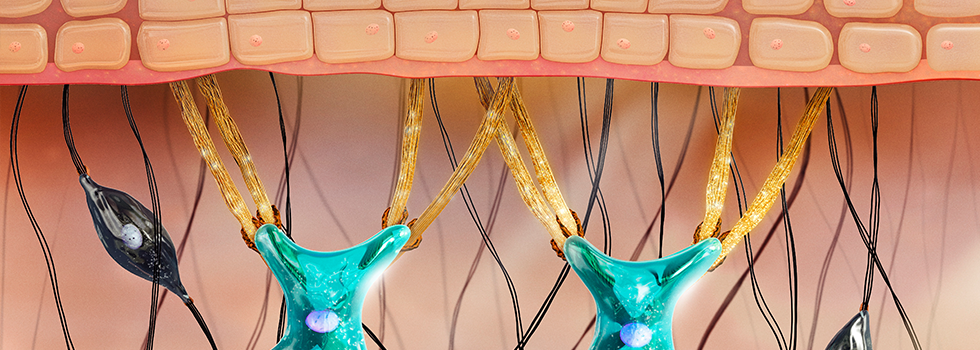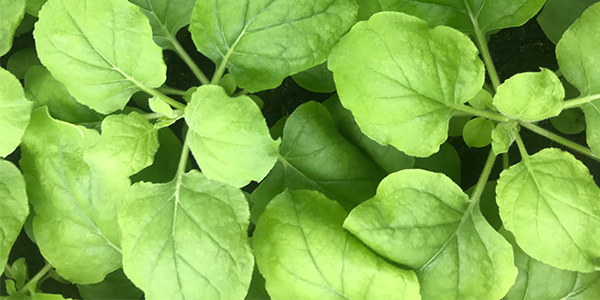Promotional Features
A plant-based collagen fragment
Unraveling the classics
Whether it is a typewriter, a red lipstick or a black outfit, classics have become must-haves across-markets thanks to their timeless record of quality, elegance and efficacy. If there is an outstanding classic above all in the cosmetic market, that is collagen, whether in its protein version, hydrolyzed amino acids or as a collagen booster ingredient. Consumers long for skin care formulations with the collagen claim, and develop loyalty to these products in which they trust for their daily personal care routine.
However, Consumers’ needs are evolving and the demand for more sustainable, environmentally friendly active ingredients and higher efficacy are on the rise. Consequently, the well-known traditional collagen, which in the past was obtained from animals, has witnessed the appearance of synthetic collagen, and recombinant collagen produced by systems such as yeasts, bacteria or plant-cell cultures.
In response to this demand, a novel identical-to-human plant-based collagen type I fragment has been designed and developed, in a non-GM plant-expression system using N. benthamiana. The mRNA of the fragment of collagen is introduced in the cells so that the plant itself produces the ingredient. It never reaches the nucleus, so it does not modify the plants’ DNA (non-GMO).
The initial mRNA was selected to contain prolines, hydroxyprolines and integrin-binding motifs and cell attachment binding sequences. Since collagen fibrils are bound to integrins and cells, a reinforcement of these bindings, exerts contractile forces in the cytoskeleton inducing the expression of collagen by fibroblasts and a pull-up of the collagen fibers, strengthening the dermis and allowing a lifting effect. Moreover, prolines and hydroxyprolines help in the biosynthesis, function and stabilization of collagen. Thus, the collagen I fragment synthesized has a double function: one as a collagen building block and as a booster of collagen.
On the contrary to yeasts and bacteria, the plants allow to obtain an identical fragment of human collagen type I with the proper post-translational hydroxylations necessary to be fully functional.
Synthetic protein synthesis through plants
N. benthamiana is a native plant from the North-Western Coast of Australia known by the Australian indigenous Aboriginal tribes as tjuntiwari or muntju. It was first collected around 1843 by the surgeon Benjamin Bynoe on the third expedition of the Admiralty surveying vessel, HMS Beagle. It was on the second voyage of the Beagle that Bynoe and Charles Darwin became close friends, and in which Darwin took notes to prepare the Origin of the Species.
N. benthamiana is a historical plant-based model organism for the transient expression of high purity proteins, which has been primarily used for medical research: vaccines, antibiotics. Synthetic mRNA can be inserted through the leaves into the cytoplasm of vegetal cells while nuclei remain untouched, so the system is non-GM. Transcript amplification and extension within adjacent cells takes place through the plasmodesmata.
The expansion and translation into proteins is remarkably fast, with a production cycle of just 10 days and a high yield of expression. As opposed to recombinant production by Gram (-) bacteria that may contain endotoxins, synthesis of proteins in plants allows to obtain safe plant-based ingredients with high activity.
This technology provides innovative products of excellent quality & technological value while respecting the environment by following the green chemistry principles (sustainable chemistry).


